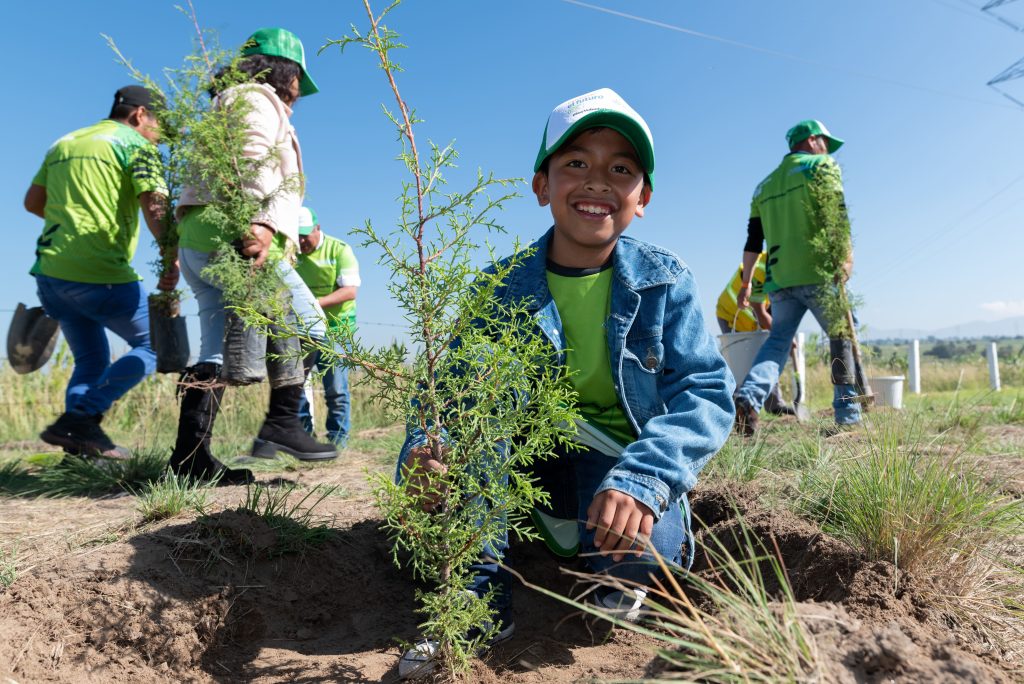Ecosystems and biodiversity
We are committed to preserving biodiversity and ecosystems, integrating nature into our operational decisions to ensure a sustainable future in all our business units.

As part of our environmental commitment, we recognize the importance of conserving ecosystems and biodiversity to ensure the resilience of our operations.

We comply with environmental legislation in all our Business Units and integrate nature into our decisions, following the guidelines of the Taskforce on Nature-related Financial Disclosures (TNFD).
Biodiversity assessments
Stages of biodiversity impact assessment
Not started
Business unit
Diagnosis
It provides detailed understanding of the ecosystems and species present in our areas of influence, allowing us to design conservation strategies adapted to the specific context of each region to ensure responsible environmental management of our activities.
Business unit
Impact management plan
It generates a series of recommendations focused on integrating wildlife crossings during the construction phase of the Business unit. This allows connectivity between ecosystems adjacent to the motorway mute and improves ecological connectivity, reducing the risk of wildlife roadkill.
Business unit
Implementation
We carry out the series of recommendations to prevent, mitigate, and restore damage to the environment, thus integrating biodiversity into decision-making processes
Business unit
Business unit
Business unit
Autopista Urbana
Supervía poniente
Business unit
Amozoc-Perote (AP)
Business unit
In 2024, we conducted biodiversity assessments Atizapán-Atlacomulco and Supervía Poniente Business Units:
A zone of high biological diversity with
Predominant vegetation:
oak, pine, and mixed forests, in good condition or recovering.
Record of
57 native species, 4 exotic species, and 35 priority species for conservation, including white cedar and neovolcanic fir.
Implementation of a Biological Connectivity Restoration Plan:
Continuous monitoring
More than
but there are remnants of vegetation and ecological dynamics.
